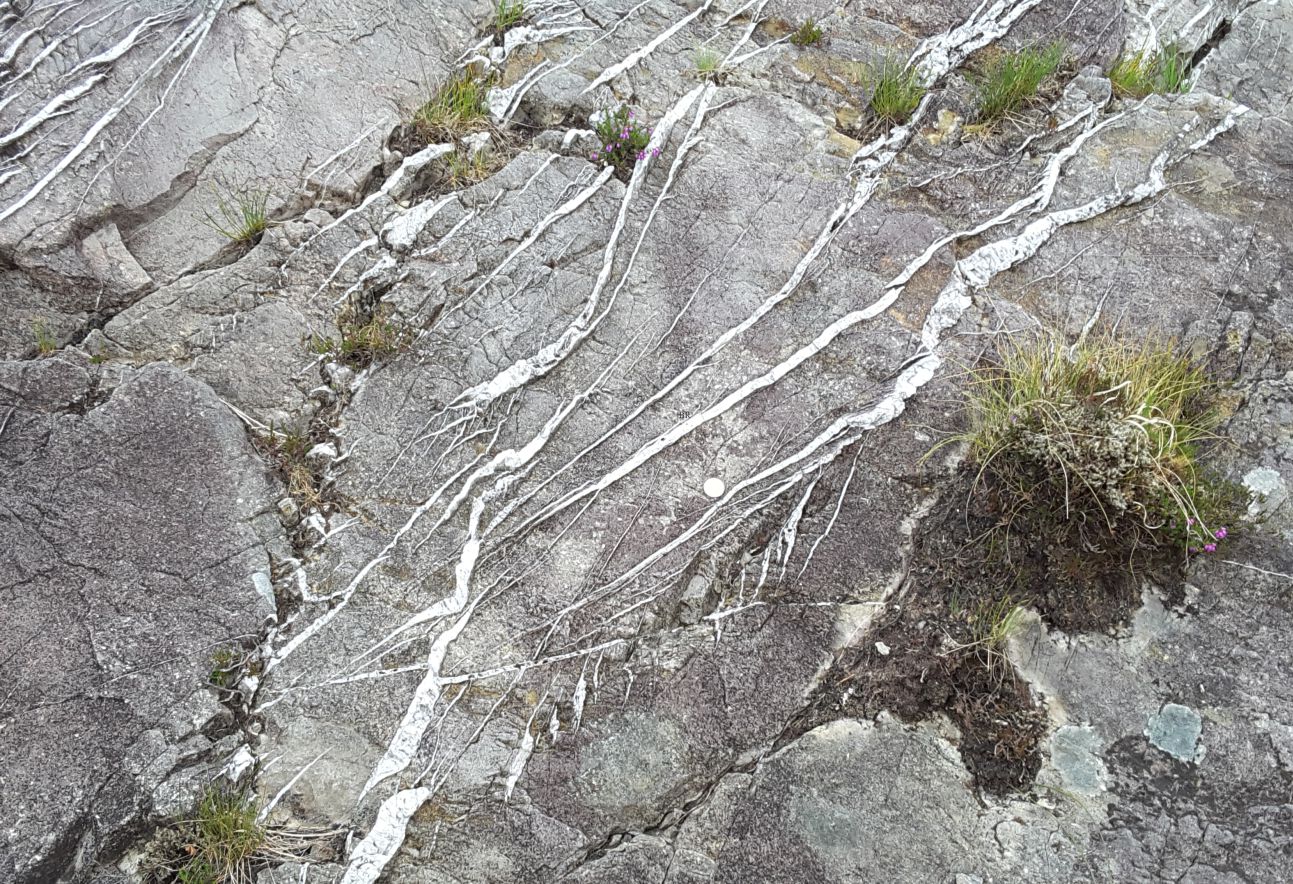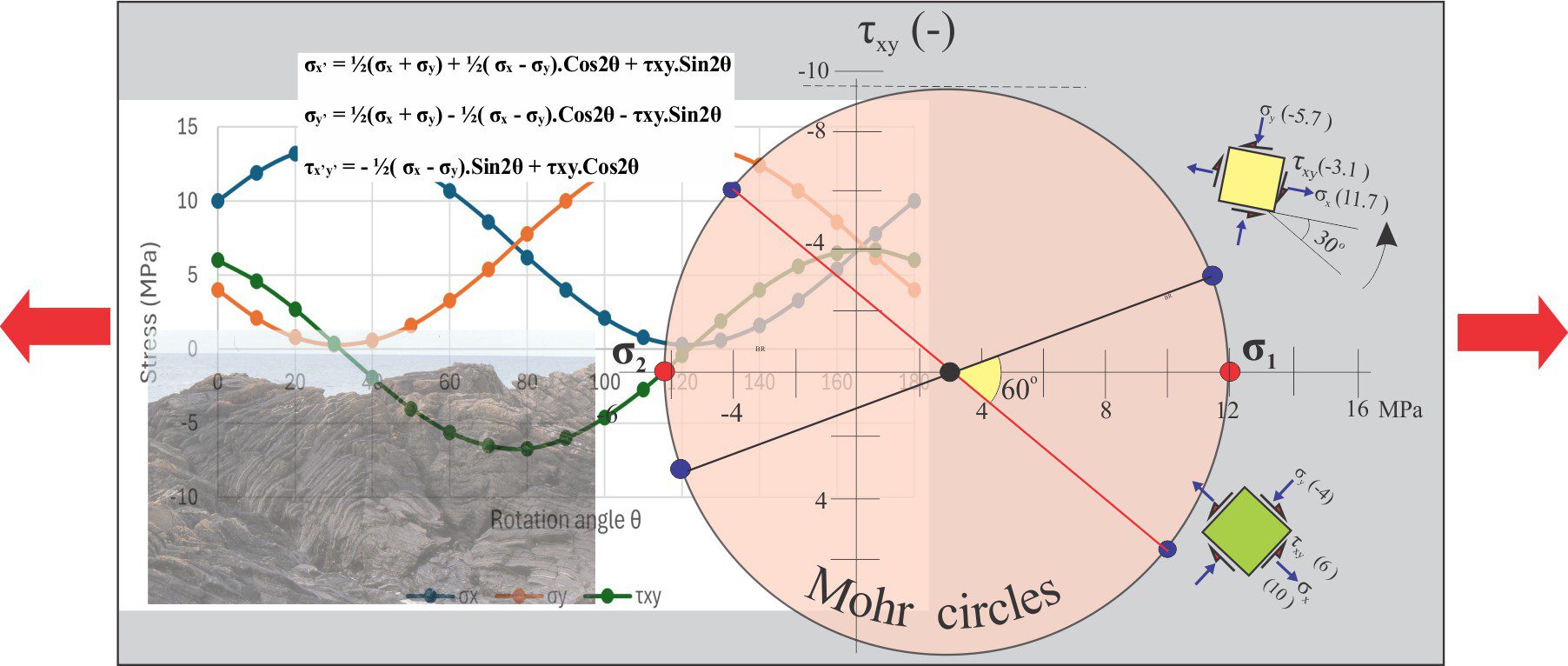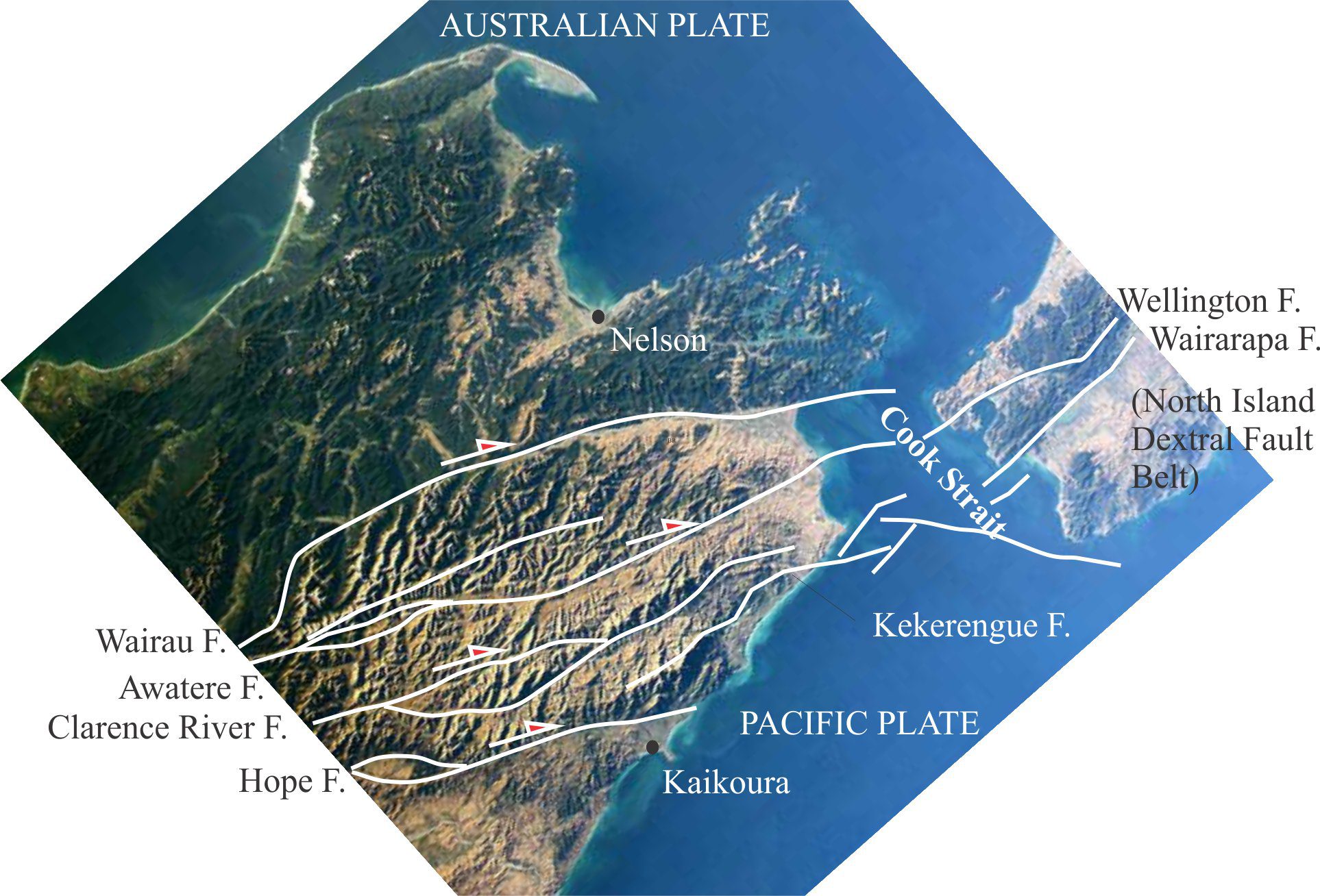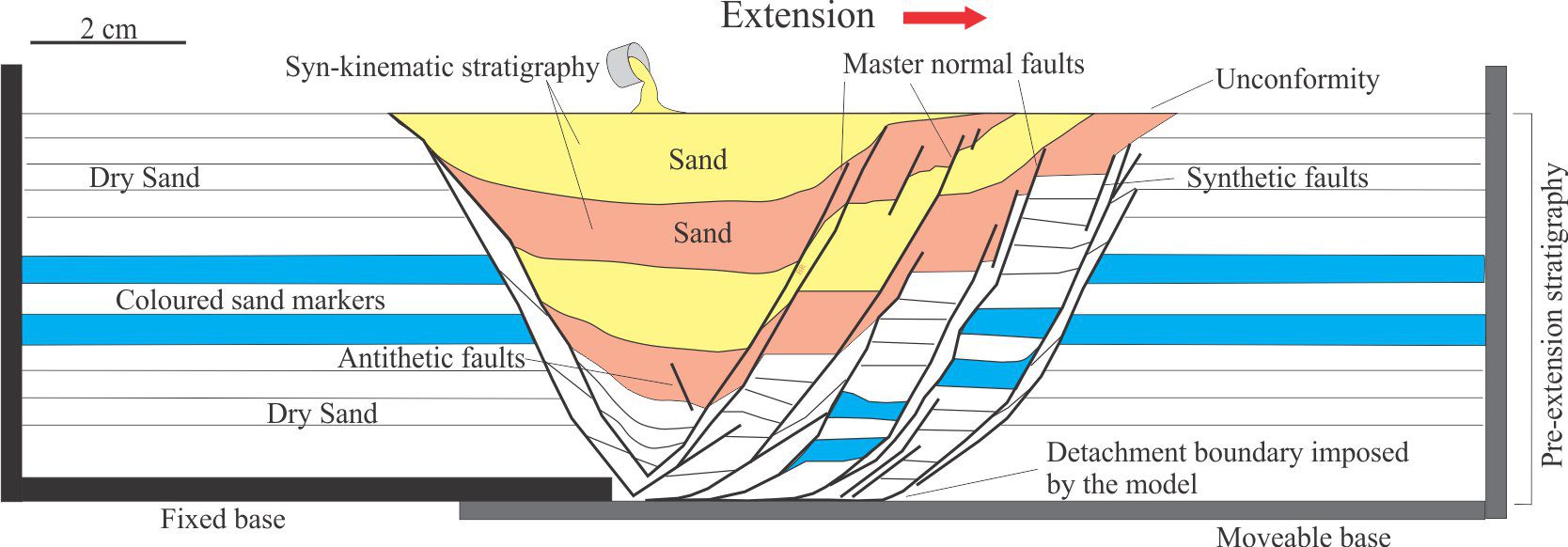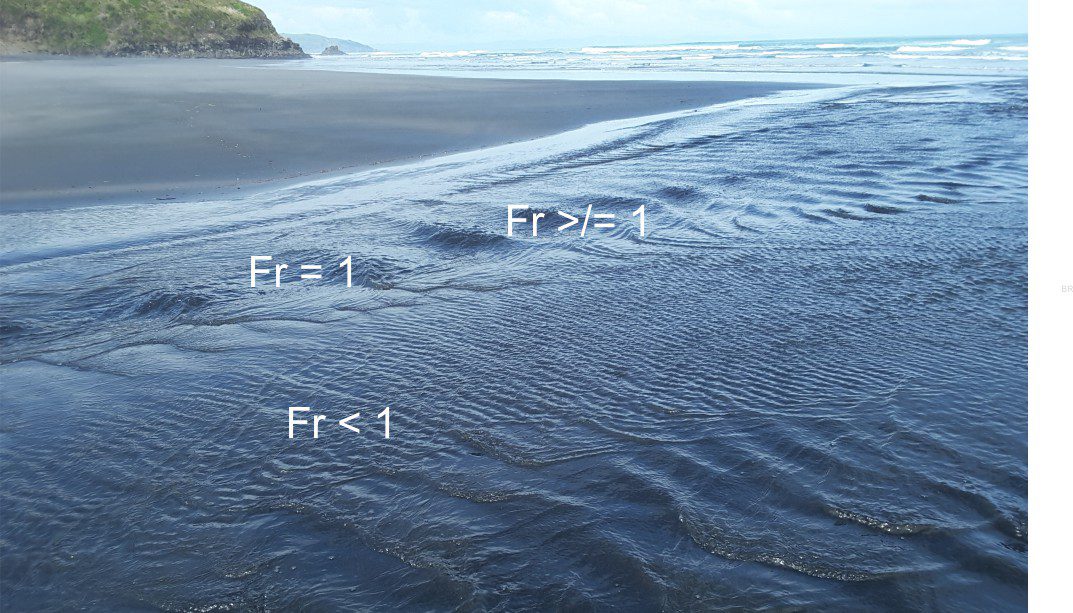I have had occasion recently to bear the brunt of criticism about some of the decisions one makes in life. These comments, made during a discussion on climate change, were a polite but thinly veiled criticism of some of my choices about where and for whom I had worked over the past 4 decades. I was given to understand that working for oil companies (mainly offshore Taranaki) and mining companies (NZ, Chile) was a blight on my character; how could I talk sensibly about climate change science when I was one of the main contributors to the world’s problems. That I had assuaged my conscience by also working on groundwater and geothermal projects (renewable), CO2 sequestration, teaching and research seemed irrelevant. I had given in to the dark side.
I’ve had discussions like this on several occasions and as with them, little was resolved during this particular discourse. But I did feel annoyed. The phrase “but you had choices” and something about selling of souls had been trotted out two or three times during the chat, and it was this insistence that grated most. Choice, it seems is a convenient crutch on which to foist an opinion.
There are plenty of everyday choices which are obvious: what to have for dinner, who not to vote for. These kinds of choices are explicit and for the most part reasoned. But there are also choices that, while not necessarily unconscious are hidden, or if not hidden then conveniently tucked away lest they become uncomfortable. Discussions about renewable resources, climate change and environmental issues are good examples where our efforts to be responsible citizens (and scientists) can begin to unravel if we take too much notice of these hidden choices.
Consider the following – you are going to a conference. Here is a list of a few inconvenient but inevitable choices you will make:
- You will need to travel (car, plane, train). Every step of this journey will require the use of fuels, plastics, metals, food, clothing, communications (the list goes on). Hydrocarbons will be front and centre of virtually everything that gets you from A to B. Would you choose not to attend the conference because of the carbon footprint? Most will feel some guilt but attend anyway, either ignoring the issue or designing some arcane explanation involving necessity.
- Accommodation (same kind of list)
- Most people at the conference will have at least one form of communication – phone, tablet, laptop (plastics, metals, including rare earths). Tweeting directly from a conference is now common place. But will any thought be given to the atrocious working conditions under which some foreign governments and mining companies extract the rare earth metals used in these devices?
There may of course be arguments that the improvements to society and science that someone makes by going to the conference (or to the office, the lab, the field, home) is worth the sacrifice of a few dark choices. Or that some choices are worse than others. But this is a pretty self-serving and unnecessary position to take. I doubt there would be many who would begrudge the scientist traveling to Antarctica to collect data that improves the veracity of climate models.
I now feel vaguely vindicated. My soul is largely intact. I have played my part in providing the wherewithal for conference goers and field trippers. In the end whatever tasks I might have undertaken for the dark side, were no better or worse than the crosses that our conference goer and field scientist have to bear. As Jane Austin’s Mr Bennett said “I will get over it and probably more quickly than I should.”
I also have faith in science’s and society’s ability to find solutions to many of these unfortunate choices. I expect it will be a gradual process. Yes, we can learn to recycle, locally, our old cell phones, and purchase electric vehicles when they are reasonably priced and when there is sufficient infrastructure. But in the meantime most of us will still need to fill the petrol tank or hop on that plane. If climate change is a reality (and there seems to be a consensus that it is), then so too is the length of time it will take to make the necessary structural changes to the way we live. In the end, moral indignation at these darker circumstances seems neither fair or useful.
